Did any of your plants die in the storm?
thane
15 years ago
Related Stories
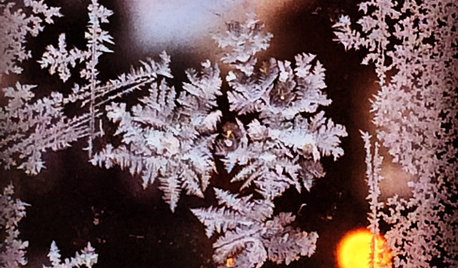
LIFEPolar Vortex: How Houzzers Are Coping With the Storm
Spirits are staying high even as the mercury plunges to new lows. Do any of these firsthand accounts sound familiar?
Full Story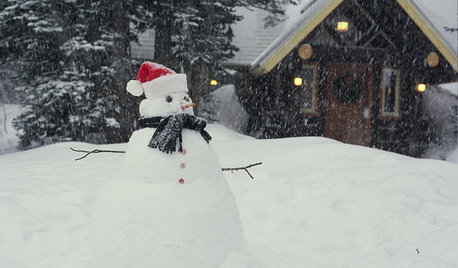
LIFEShare Your Winter Storm Jonas Photos and Survival Tips!
Let’s see your pictures and hear your ideas on how you’re keeping your house warm and staving off cabin fever
Full Story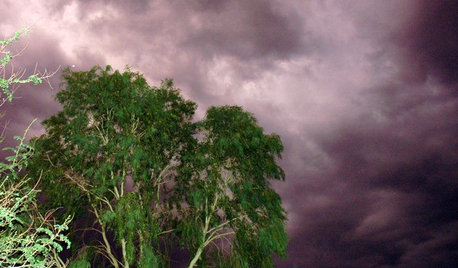
GARDENING GUIDESHow to Get Your Landscape Ready for Summer Storms
Don’t let high winds, dust storms and torrential rainfall catch you or your landscape by surprise
Full Story
KITCHEN OF THE WEEKKitchen of the Week: The Calm After the Storm
Ravaged by Hurricane Sandy, a suburban New York kitchen is reborn as a light-filled space with a serene, soothing palette
Full Story
LANDSCAPE DESIGNKoi Find Friendly Shores in Any Garden Style
A pond full of colorful koi can be a delightful addition to just about any landscape or garden
Full Story
GARDENING GUIDESGreat Design Plant: Kumquats for a Juiced-Up Winter
Grow it for the edible fruit or its good looks alone. This citrus cousin will brighten any gray winter day
Full Story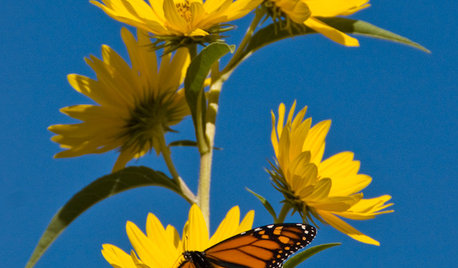
GARDENING GUIDESGreat Design Plant: Helianthus Maximiliani Attracts Beneficial Insects
Maximilian sunflower’s striking yellow flowers light up the fall landscape and attract pollinators and beneficial insects at a crucial time
Full Story
GARDENING GUIDESInvite Mining Bees to Your Garden by Planting Their Favorite Plants
Look for mining bees (Andrena) pollinating woodland wildflowers in U.S. gardens this spring
Full Story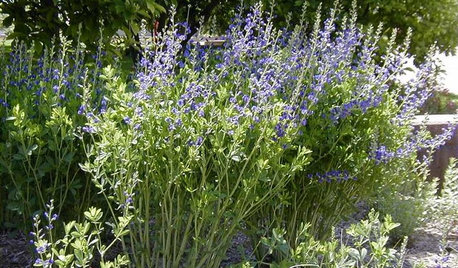
GARDENING GUIDES5 Great Plants for Borders and Screens
Get the effects of a shrub but in less time — and drawing more winged pollinators — with these herbaceous perennials
Full Story
GROUND COVERSNative Alternatives to English Ivy, Japanese Pachysandra and Periwinkle
These shade-loving ground covers are good for the environment and say something about where you are
Full Story








dottyinduncan
devorah
Related Professionals
Fitchburg Landscape Architects & Landscape Designers · Piqua Landscape Architects & Landscape Designers · Hayden Landscape Contractors · New Baltimore Landscape Contractors · Parker Landscape Contractors · Reedley Landscape Contractors · Welby Landscape Contractors · Westchester Landscape Contractors · Winchester Landscape Contractors · Yukon Landscape Contractors · Silver Firs Landscape Contractors · Corona Fence Contractors · Santa Barbara Fence Contractors · Santa Clarita Fence Contractors · Tumwater Fence Contractorsbarbe_wa
thaneOriginal Author
boizeau
schizac
Mary Palmer
ian_wa
gardengal48 (PNW Z8/9)
Mary Palmer
buyorsell888
Patrick888
ian_wa
thaneOriginal Author
Embothrium
dottyinduncan
novita
Embothrium
buyorsell888
Embothrium
Mary Palmer
schizac
Mary Palmer
gardenbug
sinfonian
reg_pnw7
ian_wa
estreya
gardengal48 (PNW Z8/9)
caththegardener
estreya
mfm_seattle
buyorsell888
cherylco
Embothrium
Mary Palmer
cascadians
Embothrium
ian_wa